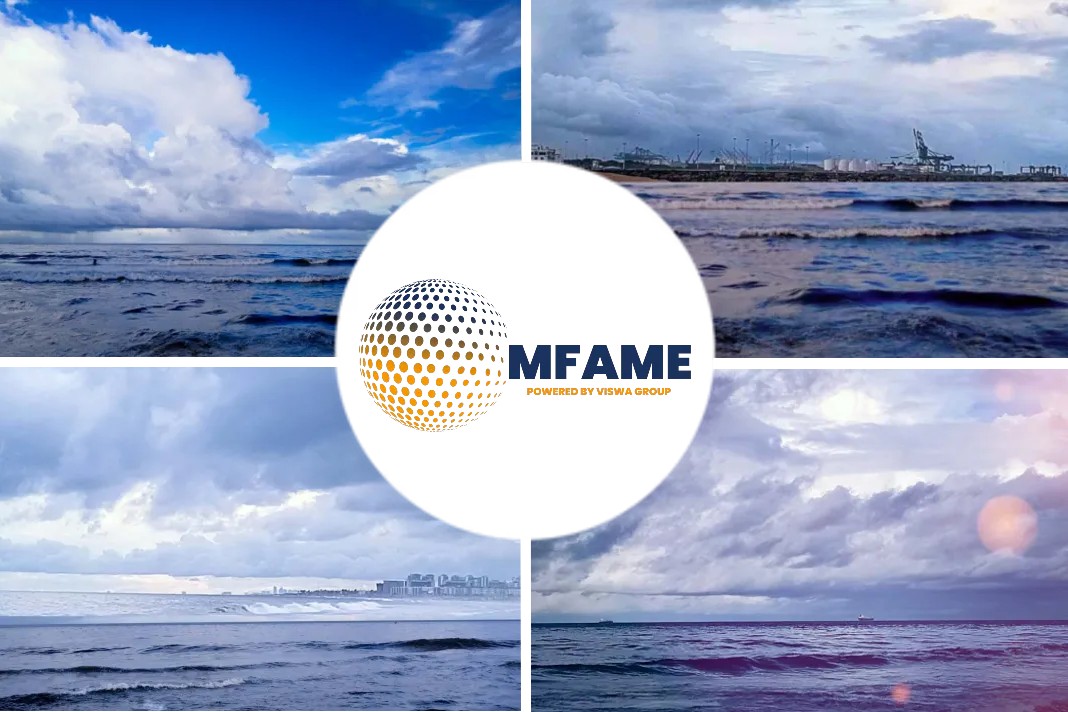- Dirty tanker rates low amid ample tonnage
- Container rates already high despite over capacity
Forthcoming, escalating energy efficiency targets will mean slower speeds in much of the global fleet and this could limit de facto capacity by 3-5%, reports Platts.
IMO mandate on carbon emissions
The actual form of carbon emissions reductions in the shipping industry has yet to be finalized but in essence, and regardless of its final form, lower speeds mean lower emissions, all other things being equal, Peter Sand, chief analyst at ocean and air freight data firm Xeneta said.
The likelihood of this is higher freight rates, although the implications of this vary across sectors, with containers near record highs at present while dirty tankers saw a weak 2021 and face lack of clarity in 2022.
The International Maritime Organization has mandated an annual decrease in carbon intensity of 2%, compared to a 2019 baseline, between 2023 and 2026. This presents a still more pressing set of rules to grapple with than the IMO’s widely discussed targets of a 50% reduction in greenhouse gases by 2050, compared with 2008 levels, and a 40% reduction in carbon intensity by 2030.
As a rule of thumb, reducing speed by 1 knot roughly brings down the supply side of tonnage by around 3-5% across the board, shipping sources said, although they point out that not all ships will slow down as some already meet efficiency requirements.
“We believe the result of these regulations will be reduced sailing speeds for the global fleet in 2023 and beyond,” analysts at investment group Jefferies said in a research note. “We estimate that for every 1 knot on average that is slowed, 3-4% of effective supply will be removed, with variations within each sub-sector depending on average speeds and time at sea.”
In the case of VLCCs, ships that were built around 2015 or afterwards are mostly modern, eco-tonnage and market sources expect these vessels to maintain their usual speed of 12-13 knots, while older tonnage could resort to cutting its sailing speed. This is likely to happen across other sectors too, shipping sources said.
Already bullish and backlogged
In the case of containers, capacity is already facing limitations, Xeneta’s Sand said.
“If [a set of efficiency targets] translates into a reduction of actual offered container shipping capacity, the effect will be similar to what we see in the current markets, where delays and disruptions reduce the actual shipping capacity to be way below the nominal level,” Sand said.
There is too much container capacity around and ships have been slow steaming for up to a decade, meaning it is doubtful that carbon emissions regulation will affect the operational speed of the container fleet, he said.
This has not put a ceiling on freight rates, which are near record highs. The Platts composite container index was at $7,140/forty foot-equivalent unit Jan. 11, down slightly from a record high of $7,645/FEU Sept. 7 but up dramatically from $1,164/FEU Jan. 13, 2020.
Potential for upside
By contrast, the dirty tanker market has been languishing amid ample supply of tonnage and a turn for the bullish would represent a more noticeable change of direction. The West Africa-to-East, 260,000 mt route was assessed at $12.18/mt on Jan. 12 against the Q4 2021 average of $13/mt and down from $38.72/mt Jan. 13, 2020.
Maintenance, technical issues, and a wave of divestments from oil majors in 2021 has led to reduced liquids output in Nigeria and lower shipping demand for the VLCC and Suezmax asset class.
The market is currently experiencing a lack of activity in the region, which coupled with ample tonnage availability, has led to freight rates hovering above rock bottom for most of 2021. The recent omicron variant and the uncertainty over its impact have shaped an obscure outlook for the tanker markets in the first half of 2022.
Did you subscribe to our daily newsletter?
It’s Free! Click here to Subscribe!
Source: Platts


















